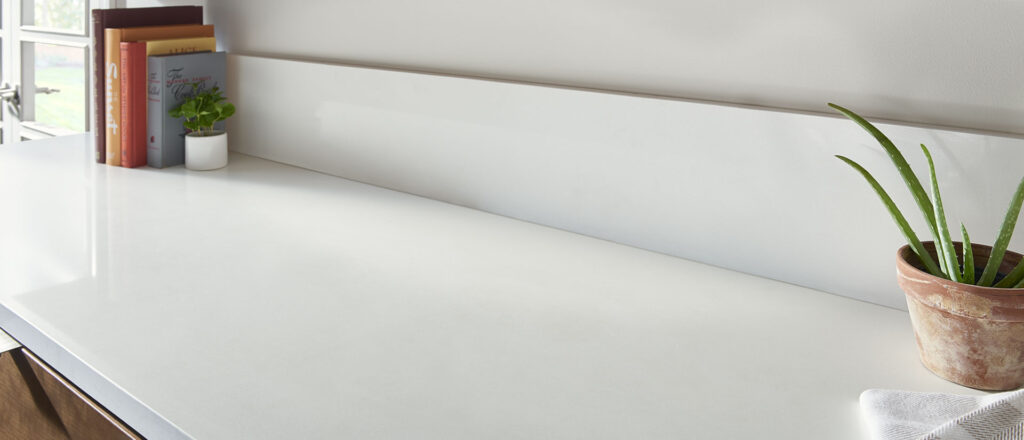Step 1: Gather the Necessary Tools and Materials Before you begin, make sure you have all the tools and materials required for the template-making process. These may include measuring tape, pencil or marker, and paper.
Step 2: Divide the Countertop into Segments
To ensure accurate measurements and avoid overlaps, it is advised to break down the countertop into rectangular sections. Treat rounded or oval-shaped islands as squares for measurement purposes. The initial rough sketch will come in handy for estimating the overall area.

Step 4: Measure the countertop
Now it’s time to take precise measurements of the countertop. Begin by measuring the length. Typically, kitchen countertops have a standard width ranging from 24.5 to 25.5 inches, but it’s crucial to confirm the exact width of your specific surface.
To incorporate an overhang, you’ll need to increase the width by an additional 1 to 1 ½ inches.

Step 4: Calculate the Total Area
To determine the total area of the countertop, multiply the length by the width. For example, if you have a straightforward rectangular countertop measuring 40 inches in length and 25 inches in width, multiplying these dimensions results in an area of 1000 square inches.
When dealing with complex shapes like an L-shape, divide the countertop into two separate rectangles and calculate the area of each section individually. This approach ensures accurate measurement for non-rectangular countertops.

Great Job! You are now ready to get a free and Quick Countertop Estimate!
